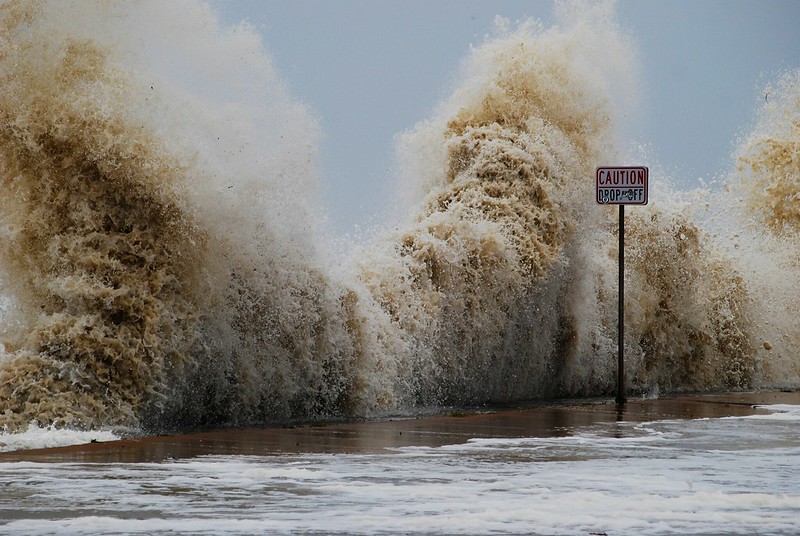Excerpt:
Sea levels have risen by about a foot along the coast of southwest Florida. That made Hurricane Ian’s storm surge even more dangerous.
When Hurricane Ian barreled into the coast of southwest Florida on Sept. 28, the mighty hurricane’s 150-mph winds drove a massive and destructive storm surge inland. A preliminary estimate from NOAA puts Ian’s damage at more than $50 billion, and damage estimates from some private insurers approach or exceed $100 billion. It’s likely that tens of billions of this damage was caused by a catastrophic storm surge of 10 – 15 feet, which leveled countless structures on the low-lying barrier islands just south of where Ian’s eye came ashore.
Had Ian hit a century ago, when sea levels were about a foot lower, the storm probably would have caused billions less in storm surge damage, judging by the results from two studies looking at storm surge damage from 2012’s Hurricane Sandy in New York. Taken together, the study results suggest that rising seas left a huge portion of U.S. coastal infrastructure – much of it built during the 20th century – vulnerable to storm surges.
Small increases in storm surge can cause huge impacts
A small amount of sea level rise – even just a few inches – can lead to significant damage during a storm surge event. Why?
To use a sports analogy, it’s because the interaction of a storm surge with a city is a game of inches and thresholds. Coastal cities are generally designed so that it takes a 1-in-100-year event (one that has a 1% chance of occurring in a given year) to cause substantial damaging flooding: A storm surge must rise to the base height of the city before it can flood large areas. But once the storm does cross that threshold, every inch of additional rise in water levels can flood large areas. And since just one inch of water in a 2,500-square-foot home can cause $27,000 in damage, and 12 inches can cause $72,000 in damage (according to FEMA), a few extra inches of storm surge can add up to a lot of damage in a hurry…









